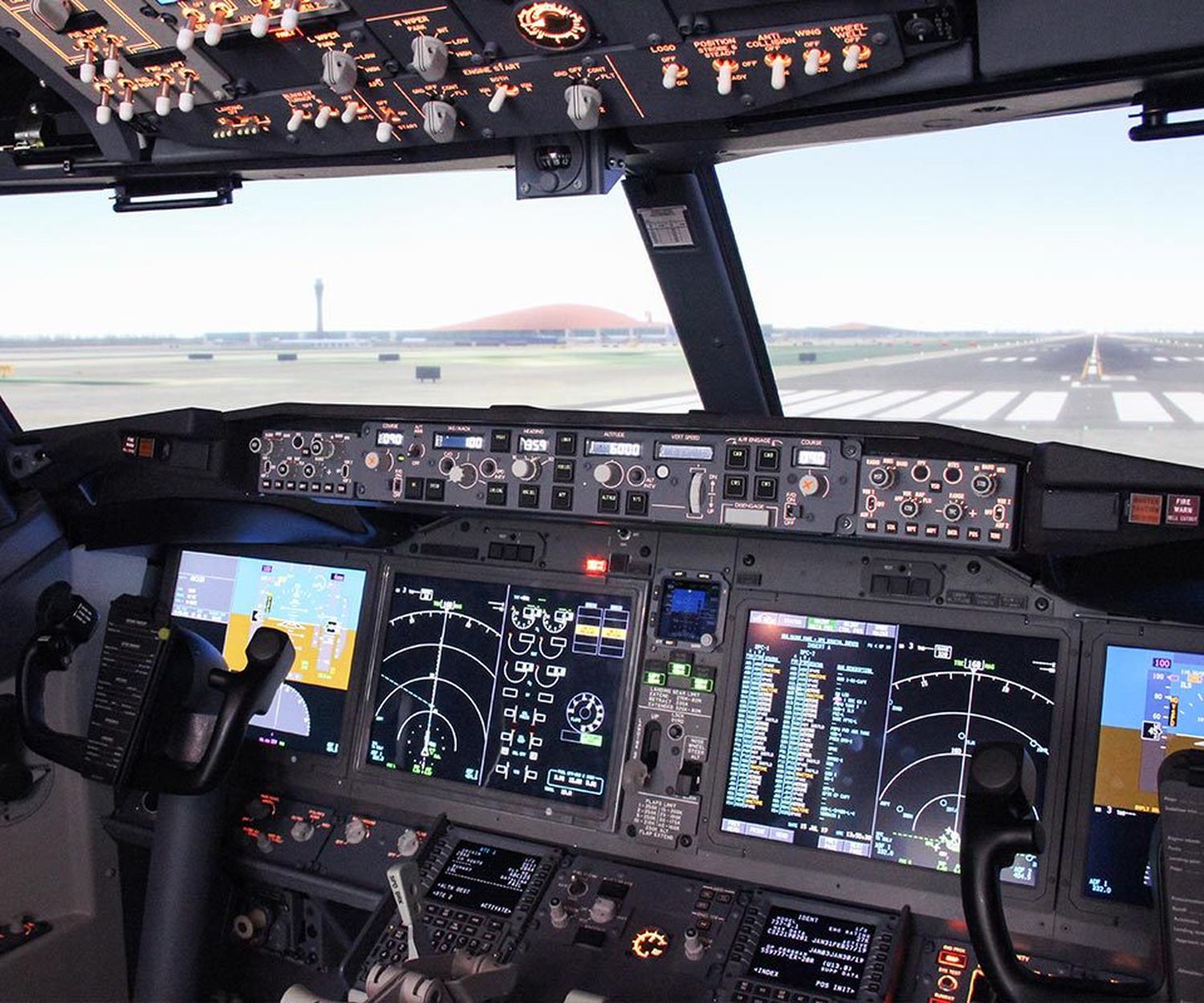Boeing should redesign 737 MAX cockpit, experts say
Two veteran industry experts, both involved in the design of flight control systems, argued that Boeing should redesign the cockpit of the 737 MAX.
The two, who have both worked for Boeing and the FAA, presented a technical proposal to the US Senate committee charged with legislating on commercial aviation. In it, they propose to upgrade the cockpit of the 737 MAX to current design standards.
The certification problem
According to Dominic Gates of the Seattle Times, the pilot warning system in the cockpit of the MAX family is obsolete and, without an upgrade, Boeing may need congressional intervention to get it certified on the next – and final – version of the type, the MAX 10.
Certification of the MAX 10 by the FAA is delayed and is almost certain to occur after the end of the year. On 31 December, the deadline included in the latest reform of certification requirements, approved in 2020, expires.
This clause will allow non-compliant aircraft to be certified until the end of the current year. After the end of the current year, only aircraft that comply with the updated requirements can be certified.
During the original MAX certification, Boeing persuaded the FAA to exempt the aircraft from the regulations on the grounds that any safety benefits would not be «commensurate with the costs».
Requirements
The certification requirements for crew warning systems are outlined in Title 14-part 25 Transport Category Aircraft. Chapter 25.1322-1 deals with the specific requirements it must meet. Among others, it must be «readily and quickly detectable and intelligible to the flight crew in all foreseeable operational situations, including those in which multiple alerts are provided». It must also «provide a means to suppress an attention component of an alert that interferes with the flight crew’s ability to safely operate the airplane».
Inadequacies in warning systems that cause – or contribute to – confusion or inaction at a critical time are a frequent factor in accidents. A 2019 NASA report by Randy Mumaw, a human factors specialist who worked for Boeing, analyzed eighteen accidents (a third involving 737 variants) and identified warning system failures in all of them.
How the current system works
When 737 malfunctions, the pilot will first see a general MASTER CAUTION light illuminate at the top of the instrument panel. Next to it, a specific alert will light up indicating what the problem is, for example «fuel», «engine», or some other system. The pilot should then turn his attention to the upper panel – where the specific indicators for each subsystem are located – to obtain more information about the fault.
For more serious faults, pilots must memorize the appropriate response, in a procedure called «memory items». Less urgent problems, meanwhile, require the pilot to refer to the appropriate section in the quick reference handbook or QRH. There he or she will find the solution that will tell him or her how to respond.
This entire process is natural for 737 pilots (it is trained and practiced both at the time of type rating and during the six-monthly simulator visits) and works well. However, it can be problematic for less experienced pilots if an emergency occurs at a critical point in the flight such as take-off or landing.
The proposed solution
«It’s a matter of will, but Boeing should redesign the cockpit of the 737 MAX,» said Joe Jacobsen, a former Federal Aviation Administration safety engineer and one of the authors of the proposal.
The other signatory to the draft is a former Boeing flight control engineer who worked with Mumaw: Curtis Ewbank.
Ewbank filed an internal complaint in 2019 – which The Seattle Times made public – complaining about Boeing’s actions. In it, he expressed dismay at how certain safety improvements to the warning system were rejected during the development of the MAX. After this, he left Boeing and testified for a Senate hearing on the MAX. However, he has turned down every interview he has been offered.
The proposals put forward range from a total redesign of the system to match those of other Boeing aircraft – the so-called Engine Indication and Crew Alert System, or EICAS, which would require the installation of a new flight computer – to a minimal change that would adjust only a couple of alerts.
However, the authors eventually settled on an option they call «EICAS lite», which is one level above the minimum. This option would be adaptable to the entire MAX fleet, including units already in service, and would address the major shortcomings of the current 737 warning system.
His proposal adds only one physical button on the control panel with which the pilot can mute the audible alerts. The rest will be software changes only. Textual messages will be presented that will concentrate critical alerts and help the crew prioritize what steps to take. «EICAS lite could be fully compliant with 14 CFR 25 certification requirements,» the authors conclude.
Minimal changes
Boeing agreed to implement two enhancements to be introduced on the MAX 10 that will improve the crew alert system: The pilot will be able to mute the stick shaker if it erroneously warns of a stall, and an angle-of-attack gauge will be added. According to the manufacturer, this will make erroneous warnings «much less likely».
Wouldn’t be the first cockpit redesign
Boeing has developed a large-scale cockpit redesign before. That time, it was done purely for commercial reasons.
In 2000, at the request of FedEx – one of its key customers – Boeing designed and implemented a new cockpit for the DC-10. This was offered as a retrofit for the worldwide fleet of 413 aircraft. The aircraft, renamed the MD-10, went from requiring three crewmembers (pilot, co-pilot, and flight engineer) to two. It also gained commonality with the cockpit of the MD-11s that FedEx already operated.


Comentarios
Para comentar, debés estar registrado
Por favor, iniciá sesión